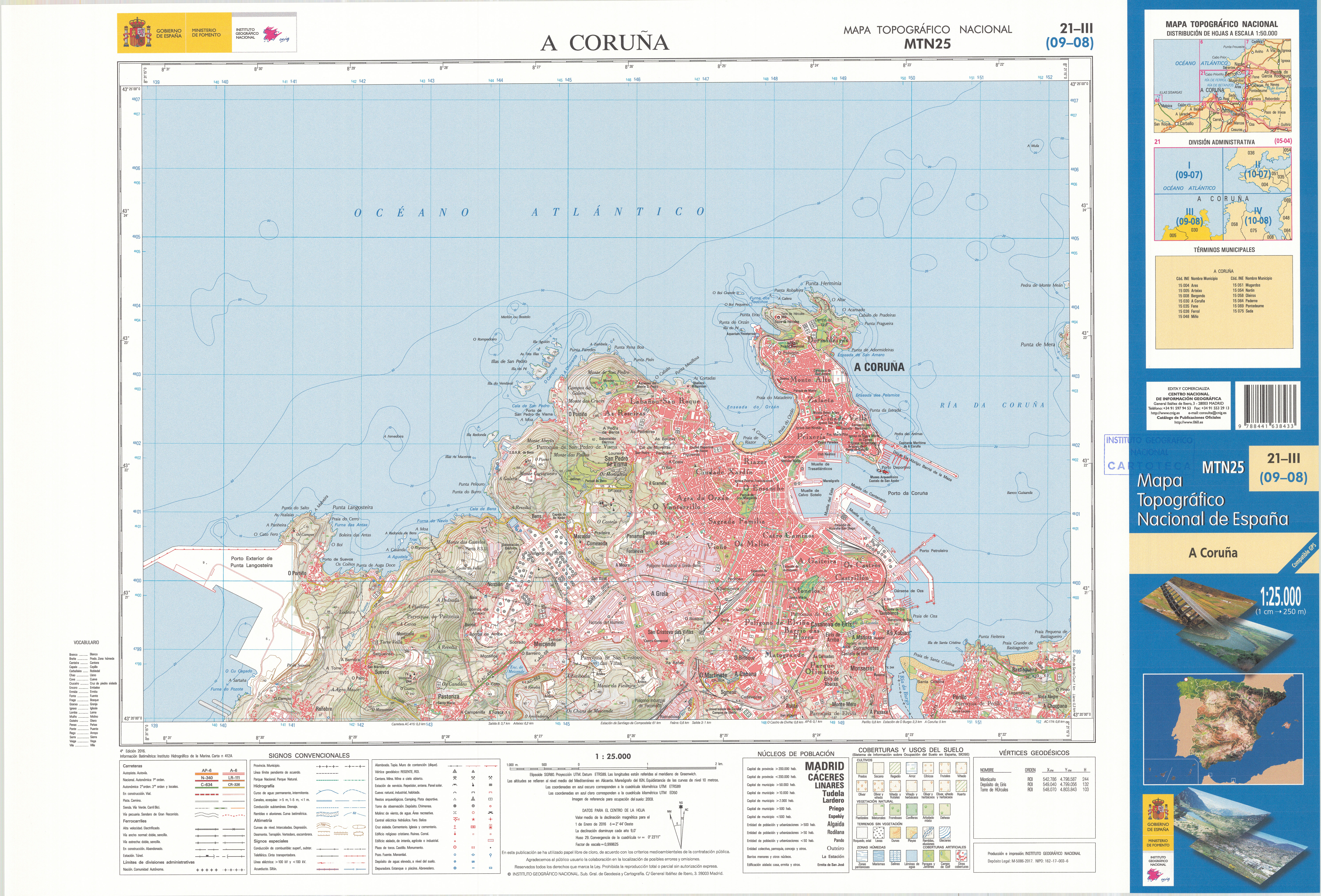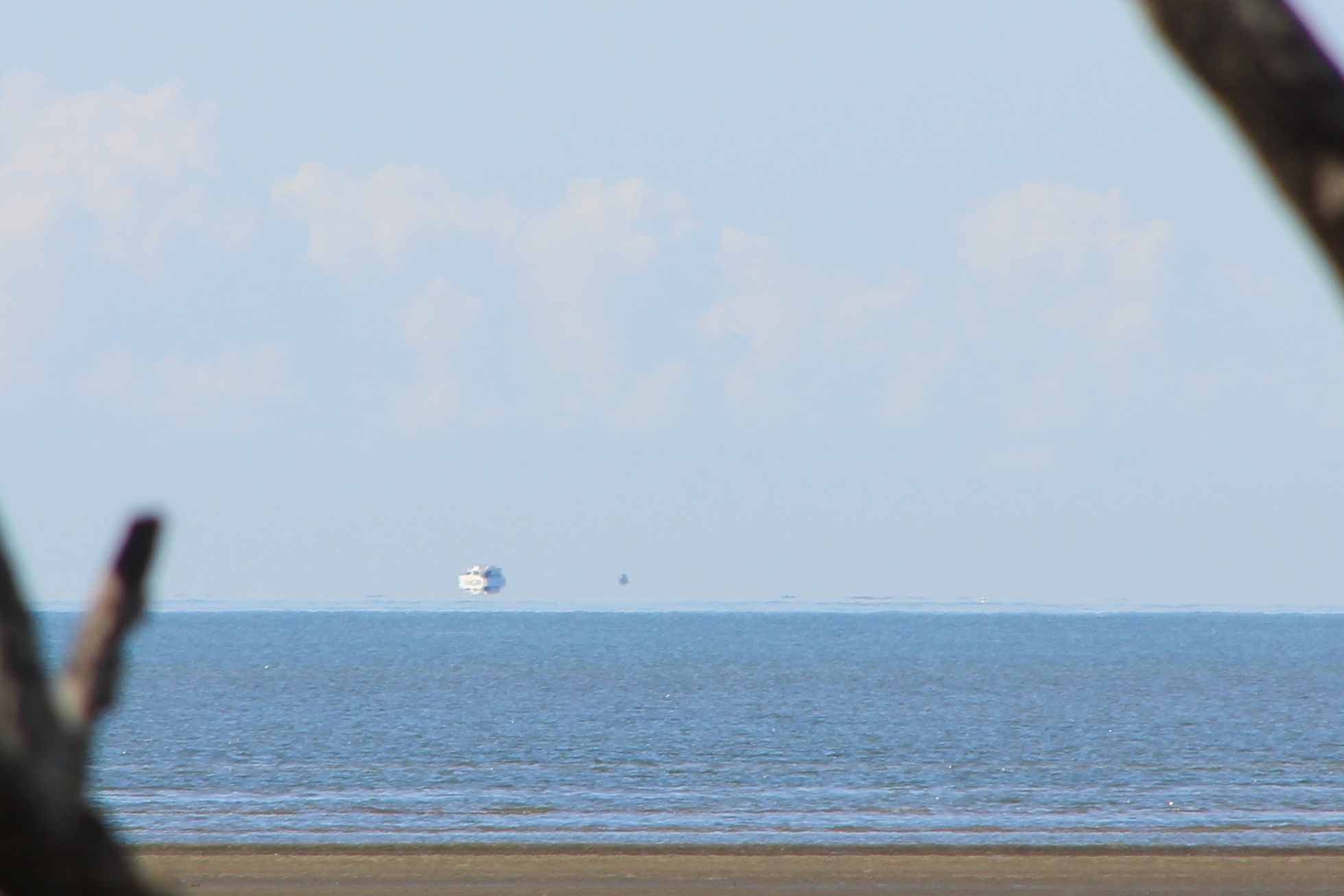|
Cando, Spain
Cando (parish of San Tirso) is a village in northwestern Spain, in Outes, province of A Coruña, and the region of Galicia, with a population of around 1000. It was the location of the observation of a fireball in early 1994, and the subsequent discovery of an explosion site (crater), which has been interpreted by some as being related to UFO An unidentified flying object (UFO) is an object or phenomenon seen in the sky but not yet identified or explained. The term was coined when United States Air Force (USAF) investigations into flying saucers found too broad a range of shapes ... activity. See also * List of meteor air bursts * Bólido de Cando on the Spanish Wikipedia References Populated places in the Province of A Coruña {{UFO-stub ... [...More Info...] [...Related Items...] OR: [Wikipedia] [Google] [Baidu] |
Spain
Spain, or the Kingdom of Spain, is a country in Southern Europe, Southern and Western Europe with territories in North Africa. Featuring the Punta de Tarifa, southernmost point of continental Europe, it is the largest country in Southern Europe and the fourth-most populous European Union member state. Spanning across the majority of the Iberian Peninsula, its territory also includes the Canary Islands, in the Eastern Atlantic Ocean, the Balearic Islands, in the Western Mediterranean Sea, and the Autonomous communities of Spain#Autonomous cities, autonomous cities of Ceuta and Melilla, in mainland Africa. Peninsular Spain is bordered to the north by France, Andorra, and the Bay of Biscay; to the east and south by the Mediterranean Sea and Gibraltar; and to the west by Portugal and the Atlantic Ocean. Spain's capital and List of largest cities in Spain, largest city is Madrid, and other major List of metropolitan areas in Spain, urban areas include Barcelona, Valencia, Seville, ... [...More Info...] [...Related Items...] OR: [Wikipedia] [Google] [Baidu] |
Outes
Outes is a municipality in the province of A Coruña in the autonomous community of Galicia in northwestern Spain. It has a population of 6,155 (Spanish 2020 Census) and an area of 100 km². The Cando event happened in 1994 within the boundaries of Cando, in the parish of San Tirso. The municipality has five peaks ranging over 500 m, the highest being Monte Tremuzo. Villages * O Freixo de Sabardes See also List of municipalities in A Coruña A Coruña (province), A Coruña is a provinces of Spain, province in the Autonomous communities of Spain, autonomous community of Galicia (Spain), Galicia, Spain, that is divided into 93 Municipalities of Spain, municipalities. Spanish census, ... References Municipalities in the Province of A Coruña {{Galicia-geo-stub ... [...More Info...] [...Related Items...] OR: [Wikipedia] [Google] [Baidu] |
A Coruña
A Coruña (; ; also informally called just Coruña; historical English: Corunna or The Groyne) is a city and municipality in Galicia, Spain. It is Galicia's second largest city, behind Vigo. The city is the provincial capital of the province of A Coruña, having also served as political capital of the Kingdom of Galicia from the 16th to the 19th centuries, and as a regional administrative centre between 1833 and 1982. A Coruña is located on a promontory in the Golfo Ártabro, a large gulf on the Atlantic Ocean. It is the main industrial and financial centre of northern Galicia, and holds the headquarters of the Universidade da Coruña. A Coruña is the Spanish city featuring the tallest mean-height of buildings, also featuring a population density of of built land area. Name Origin There is no clear evidence as to what the name derives from. It seems to be from ''Crunia'', of unknown origin and meaning, documented for the first time at the time of Ferdinand II of Leó ... [...More Info...] [...Related Items...] OR: [Wikipedia] [Google] [Baidu] |
Galicia (Spain)
Galicia ( ; or ; ) is an Autonomous communities of Spain, autonomous community of Spain and nationalities and regions of Spain, historic nationality under Spanish law. Located in the northwest Iberian Peninsula, it includes the provinces of Spain, provinces of La Coruña (province), A Coruña, Lugo (province), Lugo, Ourense (province), Ourense, and Pontevedra (province), Pontevedra. Galicia is located in Atlantic Europe. It is bordered by Portugal to the south, the Spanish autonomous communities of Castile and León and Asturias to the east, the Atlantic Ocean to the west, and the Cantabrian Sea to the north. It had a population of 2,705,833 in 2024 and a total area of . Galicia has over of coastline, including its offshore islands and islets, among them Cíes Islands, Ons Island, Ons, Sálvora, Cortegada Island, which together form the Atlantic Islands of Galicia National Park, and the largest and most populated, A Illa de Arousa. The area now called Galicia was first in ... [...More Info...] [...Related Items...] OR: [Wikipedia] [Google] [Baidu] |
Meteoroid
A meteoroid ( ) is a small rocky or metallic body in outer space. Meteoroids are distinguished as objects significantly smaller than ''asteroids'', ranging in size from grains to objects up to wide. Objects smaller than meteoroids are classified as ''micrometeoroids'' or ''space dust''. Many are fragments from comets or asteroids, whereas others are impact event, collision impact space debris, debris ejected from bodies such as the Moon or Mars. The visible passage of a meteoroid, comet, or asteroid atmospheric entry, entering Earth's atmosphere is called a meteor, and a series of many meteors appearing seconds or minutes apart and appearing to originate from the same fixed point in the sky is called a meteor shower. An estimated 25 million meteoroids, micrometeoroids and other space debris enter Earth's atmosphere each day, which results in an estimated 15,000 tonnes of that material entering the atmosphere each year. A ''meteorite'' is the remains of a meteoroid that has surv ... [...More Info...] [...Related Items...] OR: [Wikipedia] [Google] [Baidu] |
Impact Crater
An impact crater is a depression (geology), depression in the surface of a solid astronomical body formed by the hypervelocity impact event, impact of a smaller object. In contrast to volcanic craters, which result from explosion or internal collapse, impact craters typically have raised rims and floors that are lower in elevation than the surrounding terrain. Impact craters are typically circular, though they can be elliptical in shape or even irregular due to events such as landslides. Impact craters range in size from microscopic craters seen on lunar rocks returned by the Apollo Program to simple bowl-shaped depressions and vast, complex, multi-ringed impact basins. Meteor Crater is a well-known example of a small impact crater on Earth. Impact craters are the dominant geographic features on many solid Solar System objects including the Moon, Mercury (planet), Mercury, Callisto (moon), Callisto, Ganymede (moon), Ganymede, and most small moons and asteroids. On other planet ... [...More Info...] [...Related Items...] OR: [Wikipedia] [Google] [Baidu] |
Unidentified Flying Object
An unidentified flying object (UFO) is an object or phenomenon seen in the sky but not yet identified or explained. The term was coined when United States Air Force (USAF) investigations into flying saucers found too broad a range of shapes reported to consider them all saucers or discs. UFOs are also known as unidentified aerial phenomena or unidentified anomalous phenomena (UAP). Upon investigation, most UFOs are Identification studies of UFOs, identified as known objects or atmospheric phenomena, while a small number remain unexplained. While unusual sightings in the sky have been reported since at least the 3rd century BC, UFOs became culturally prominent after World War II, escalating during the Space Age. Studies and investigations into UFO reports conducted by governments (such as Project Blue Book in the United States and Project Condign in the United Kingdom of Great Britain and Ireland, United Kingdom), as well as by organisations and individuals have occurred over ... [...More Info...] [...Related Items...] OR: [Wikipedia] [Google] [Baidu] |
List Of Meteor Air Bursts
A meteor air burst is a type of air burst in which a meteoroid explodes after entering a planetary body's atmosphere. This fate leads them to be called fireballs or bolides, with the brightest air bursts known as superbolides. Such meteoroids were originally asteroids and comets of a few to several tens of meters in diameter. This separates them from the much smaller and far more common " shooting stars", that usually burn up quickly upon atmospheric entry. The most powerful meteor air burst in the modern era was the 1908 Tunguska event. During this event a stony meteoroid about in size exploded at an altitude of over a sparsely populated forest in Siberia. The resulting shock wave flattened an estimated 80 million trees over a area, and may have killed 3 people. Extremely bright fireballs traveling across the sky are often witnessed from a distance, such as the 1947 Sikhote-Alin meteor and the 2013 Chelyabinsk meteor, both over Russia. If the bolide is large enough fr ... [...More Info...] [...Related Items...] OR: [Wikipedia] [Google] [Baidu] |





